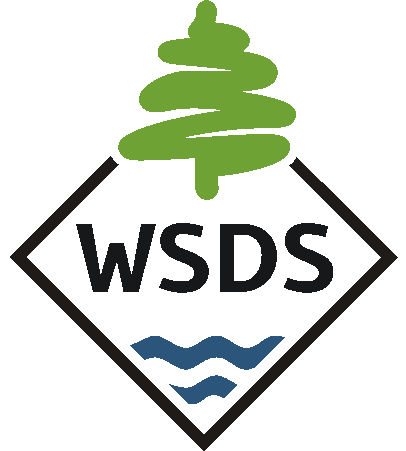Children and youths identified as having a hearing loss or “deafness” combined with visual impairment or “blindness” have unique learning needs. Because a combined sensory loss is a rare condition, most special education personnel have little or no experience with assessments, program planning and effective learning strategies for this population. Few universities have targeted training programs.
These children and youths may be identified as “Deaf-Blind” on their IEPs. Most, however, have other special education category labels, such as Hearing Impaired, Deaf, Blind/Visually Impaired, Multiple Disabilities, or Health Impaired. In some cases these category labels lead personnel to misdiagnose learning issues, or overlook specific barriers that, when addressed, could lead to a child’s greater success at school.
All federally-funded State Deaf-Blind Projects are required to conduct an annual census of students with combined hearing loss and visual impairment, in order to locate them and be able to offer training, consultation, and technical assistance to address their specialized needs. Visit National Center on Deaf-Blindness (NCDB) to view the annual report, 2020 National Child Count of Children and Youth Who Are Deaf-Blind Report
A parent, teacher, or related service provider can complete a census form for a student thought to be eligible for services as a child/youth with combined hearing loss and visual impairment (“deaf-blindness”). Simply download and complete a Deaf-Blind Census Form, and return to Khanh Huhtala
View frequently asked questions (PDF).
Contact us with questions about your school district at Khanh Huhtala

